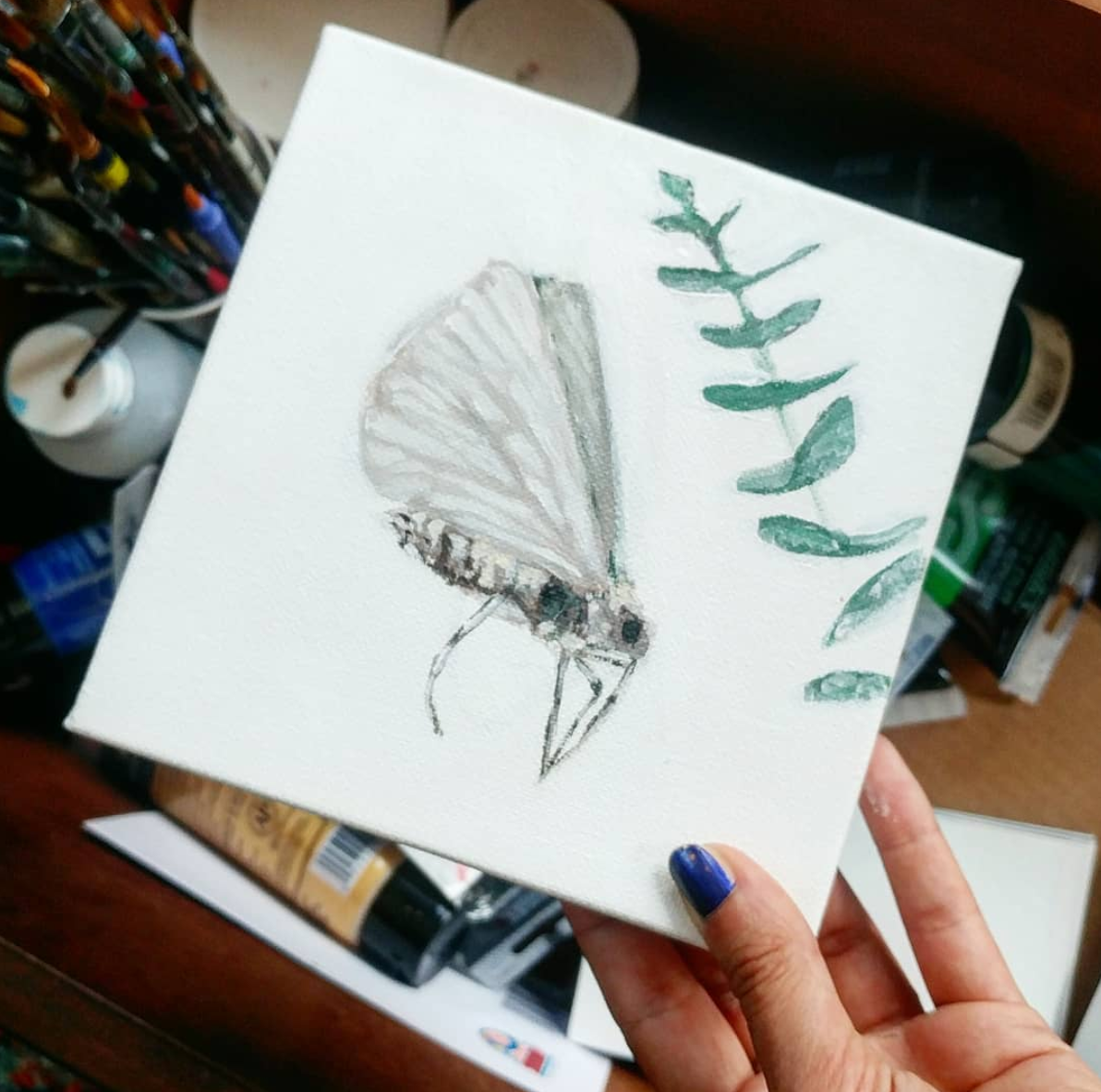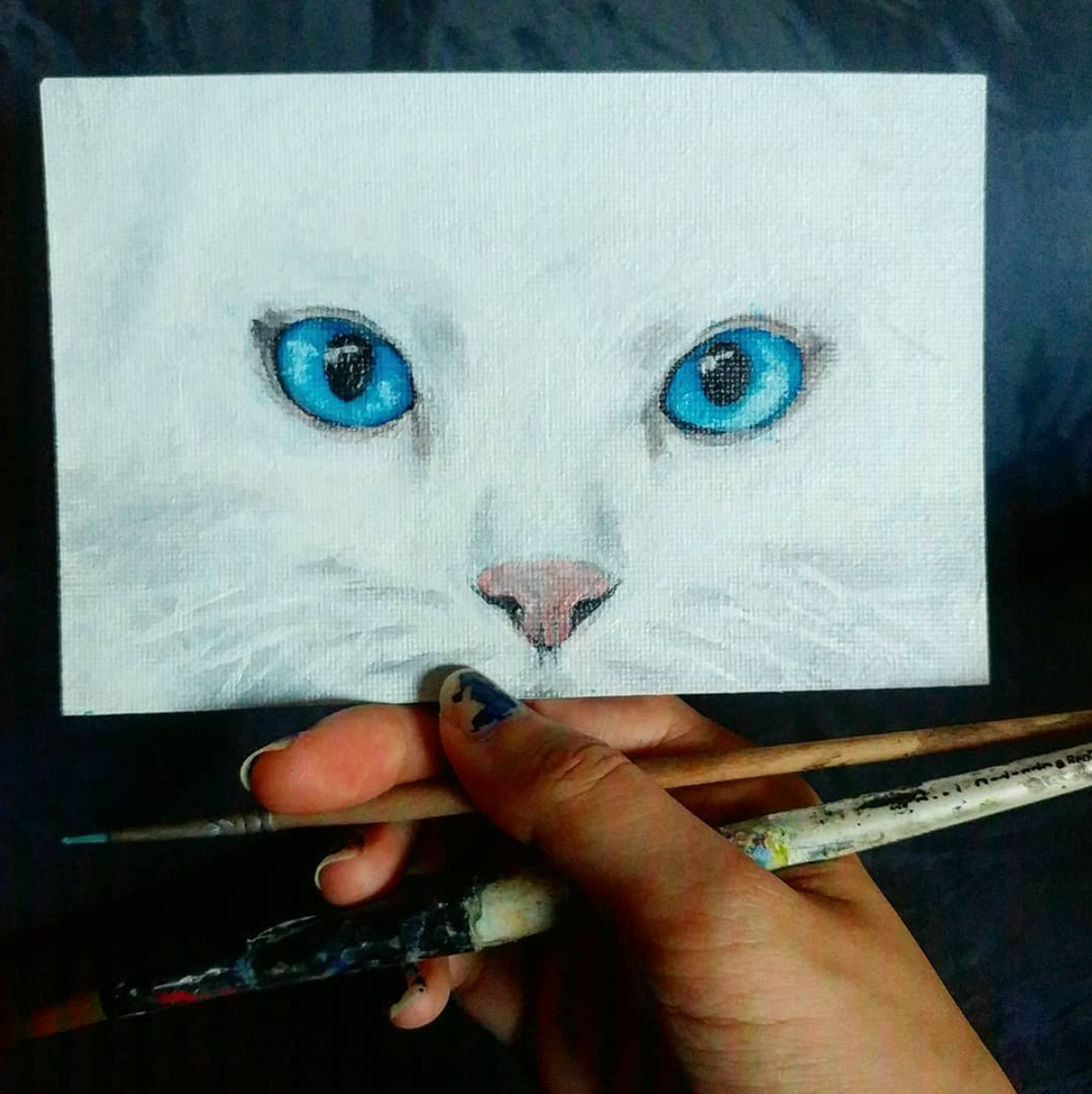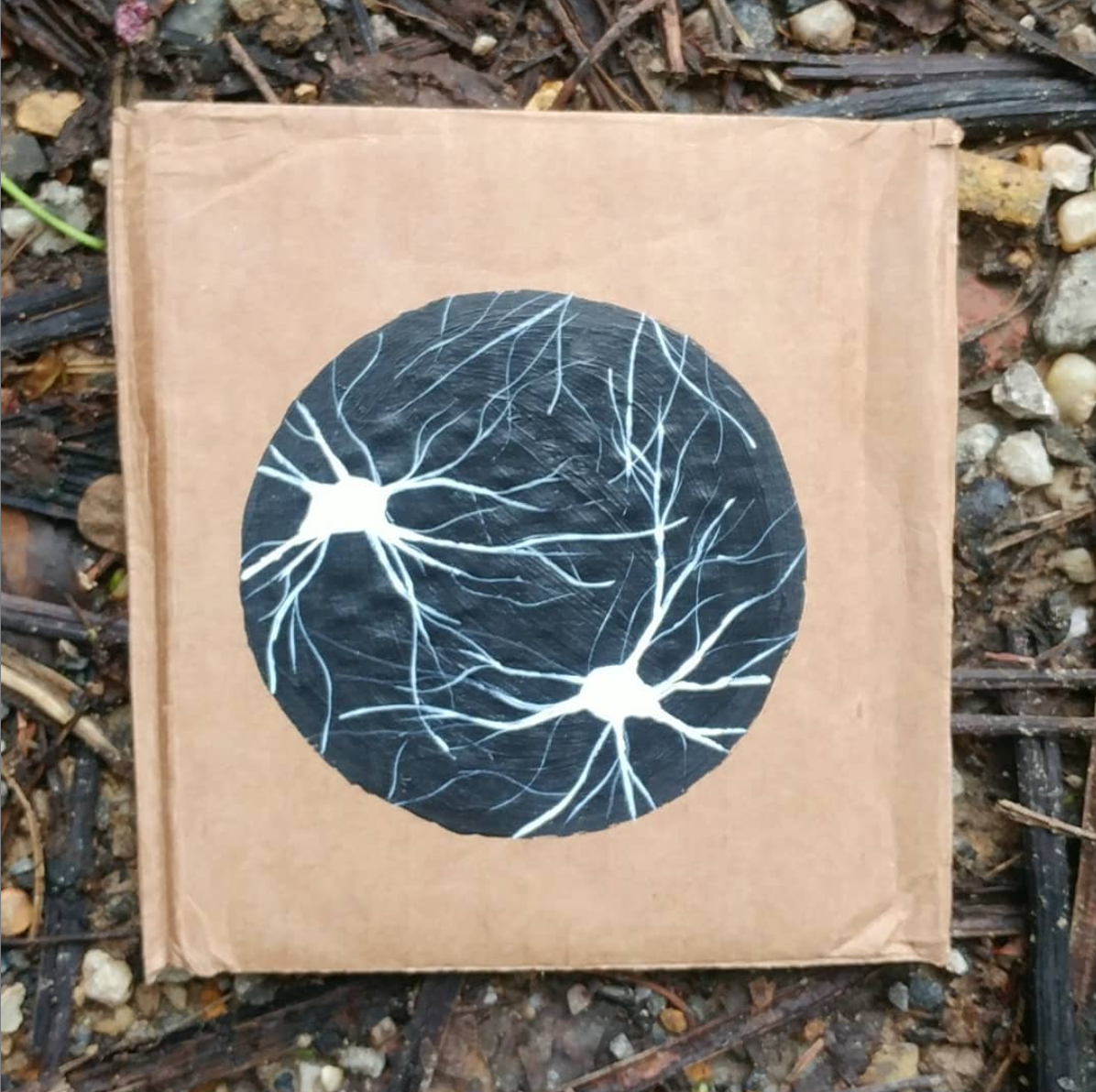Genes Humans are complex, right? Yet we don’t have substantially more genes than other animals. While we have ~21,000 genes, mice have ~23,000, and thale cress (or mustard plants) have ~27,000 genes. While we can make a compelling argument that mammals are more complex than plants with our brains, our organs, hormones, mobility, and social […]
I’ve settled in Providence! While moving, I found interesting class notes that I wrote into a letter for a friend. I didn’t remember most of these, but I pulled out my favorites to share!: Black holes evaporate over time Big bang happened everywhere at once and it was an infinitely large event so that space […]
Rodents deprived of sleep would die within weeks as they slowly lost weight and developed skin ulcerations. In humans, several days of sleep deprivation results in psychosis and frequent sleep deprivation has hinted at loss of brain cells, not to mention other complications like increased mortality. There are implications of sleep being beneficial for health […]
3 things that surprises people when it comes to working in a biological laboratory: 1. Lab coats aren’t that common. Maybe it’s more common in chemistry, but it’s definitely not always used in biological labs. Sure, we wear gloves and we might perform experiments in a ventilated area, but that’s often the extent of protection […]
The pamphlets shared by animal rights activists about the terrible conditions when working with animals were true in the 1960s. Strict laws and regulations are now enforced and I honestly believe that some animals are very happy with the care and attention they receive in a lab. Experiments with animals need to be approved prior […]
I want to mention a couple key techniques in neuroscience: Calcium imagingTLDR; you can visualize stimulated neurons by putting in a protein that “glow” with activity! Neurons “fire.” This is biology jargon for cells having a specific type of activity, like when neurons communicating between each other. Communication between neurons can happen in a variety […]
The journey involved in processing smell begins with cells that reside in the olfactory epithelium. (While we don’t have them, many mammals have a vomeronasal organ (VNO) to sense pheromones) Anyway, these smell cells have a lifespan of about a month, but you don’t have to learn what a magnolia flower smells like every month […]
This painting is a bit abstract, but you might be able to identify a face. Meanwhile, an AI might have difficulty identifying this as a portrait – we’re smarter than a computer! The brain region primarily responsible for identifying faces is called the fusiform gyrus. We don’t have brain areas specific for identifying trees, but […]










Recent Comments